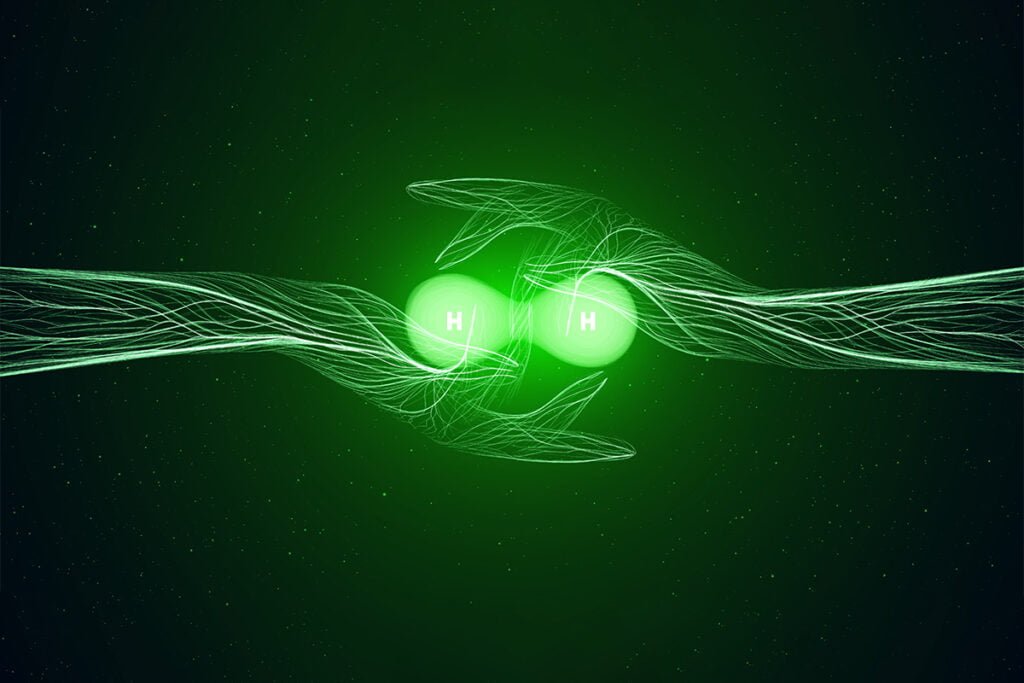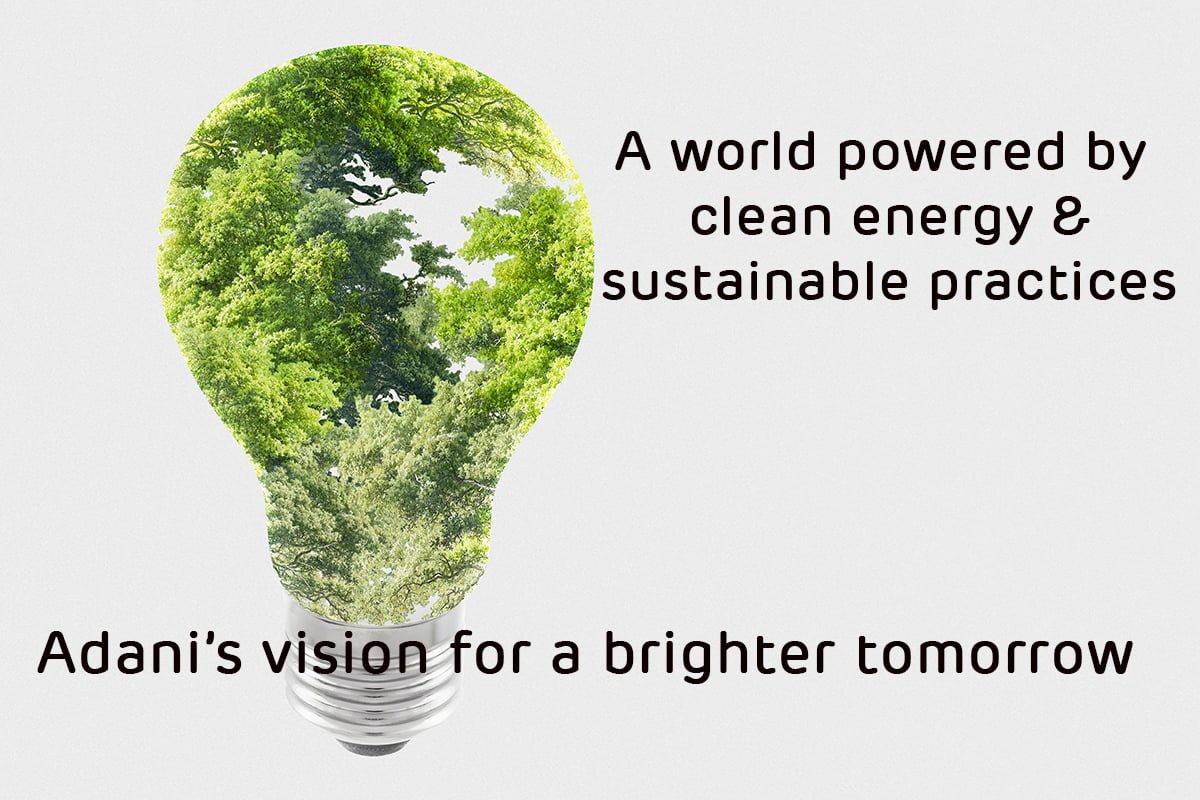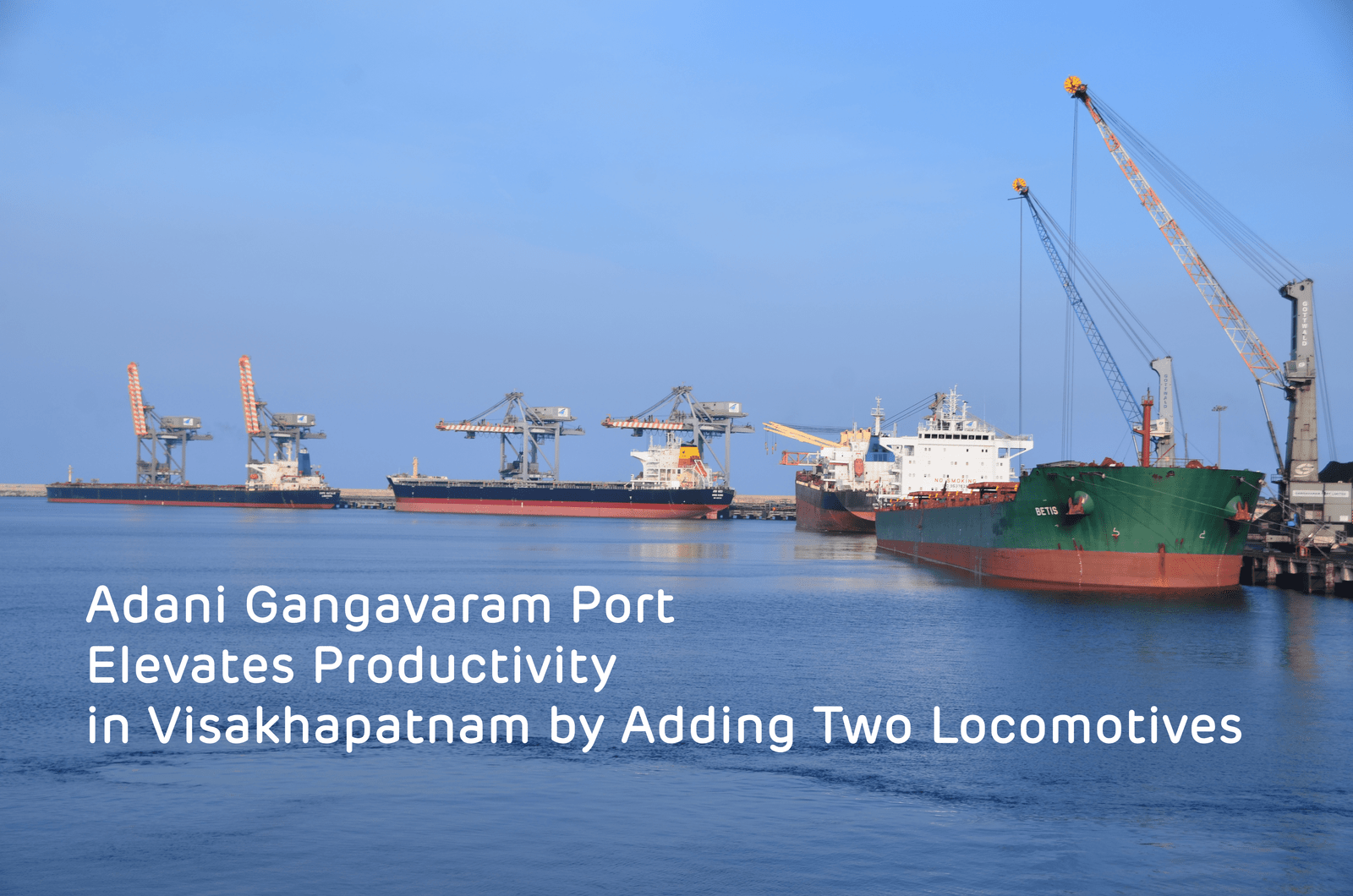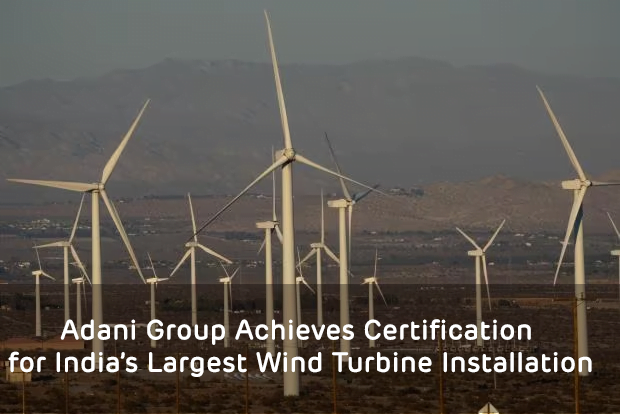Net zero is not possible without green hydrogen, which is the last mile for achieving the standard in every industry; it is also the last mile that the Adani Group is focusing on. The Group is making investments in green hydrogen and renewable energy sources to lower costs. That’s the Group’s strategy, that is what it wants to capture.
The Group’s formidable renewable capacity allows its constituent businesses to progressively source renewable power to lower Scope 2 emissions. Each business is looking at ways to work with upstream and downstream stakeholders to mitigate Scope 3 emissions. However, it is also the case that for many sectors, green hydrogen will be critical for decarbonisation.
The Group has demonstrated significant progress in its decarbonization pathway and its ambition to support the global net zero journey. It has set a target to become net zero by 2050 or earlier for five of its portfolio companies — Adani Green Energy, Adani Energy Solutions, Adani Ports & SEZ, ACC and Ambuja Cements. The Portfolio businesses are actively sourcing renewables, electrifying operations and adopting biofuels, and deploying waste heat recovery and energy storage technologies. The portfolio companies will be investing $100 billion over the next decade towards achieving energy transition.
Besides planting 100 million trees by 2030, the group’s focus is on ESG innovations.
- To promote reduced emission and sustainable energy, Adani Power has partnered with Japan’s IHI Corporation and Kowa company to explore ammonia co-firing at the Adani Power Mundra plant. The company initiated a green ammonia combustion pilot project at its Mundra plant as part of its decarbonization efforts. The project aims to co-fire up to 20% green ammonia in the boiler of a conventional coal-fired 330 MW unit at the Plant. Initially, it aims at de-carbonizing Adani’s coal fired plants but with a larger objective to implement the technology in other coal-fired plants across India.
- In another significant move, Adani Enterprises Limited (AEL) has entered into an agreement with Ashok Leyland and Ballard Power to develop a hydrogen Fuel Cell Electric Truck (FCET) for mining logistics and transportation; this will make AEL Asia’s first and one of the few companies globally to operate green hydrogen-powered mining trucks. The launch of the FCET in India is scheduled for 2024, marking a significant milestone in advancing a hydrogen economy and positioning India at the forefront of the emerging technology.
- The last mile in the net zero transition of airports requires the decarbonisation of aviation fuel for which e-kerosene produced, using green hydrogen, is the most viable prospect. For the ports and shipping business, green ammonia produced from green hydrogen provides the most likely path to net zero. While electrification and battery electric vehicles will play an important role in decarbonisation of transport, fuel cells operating on green hydrogen will be critical for heavy duty trucking and mining operations.
- Adani Total Gas Limited (ATGL) has announced the launch of its green hydrogen blending project in Ahmedabad. The objective is to assess the viability of green hydrogen as an alternative energy source for the city gas distribution consumers. The pilot project will involve blending green hydrogen with natural gas for at least 4,000 home and commercial PNG customers in the city.
- Scaling of India’s infrastructure will require a multiple fold increase in cement production – a carbon-intensive business. Carbon capture and storage, especially in concrete, will play an important role; however, in the absence of significant known sequestration reserves in India, the utilisation of carbon with green hydrogen to produce polymers for building materials could be another possible decarbonisation pathway.










